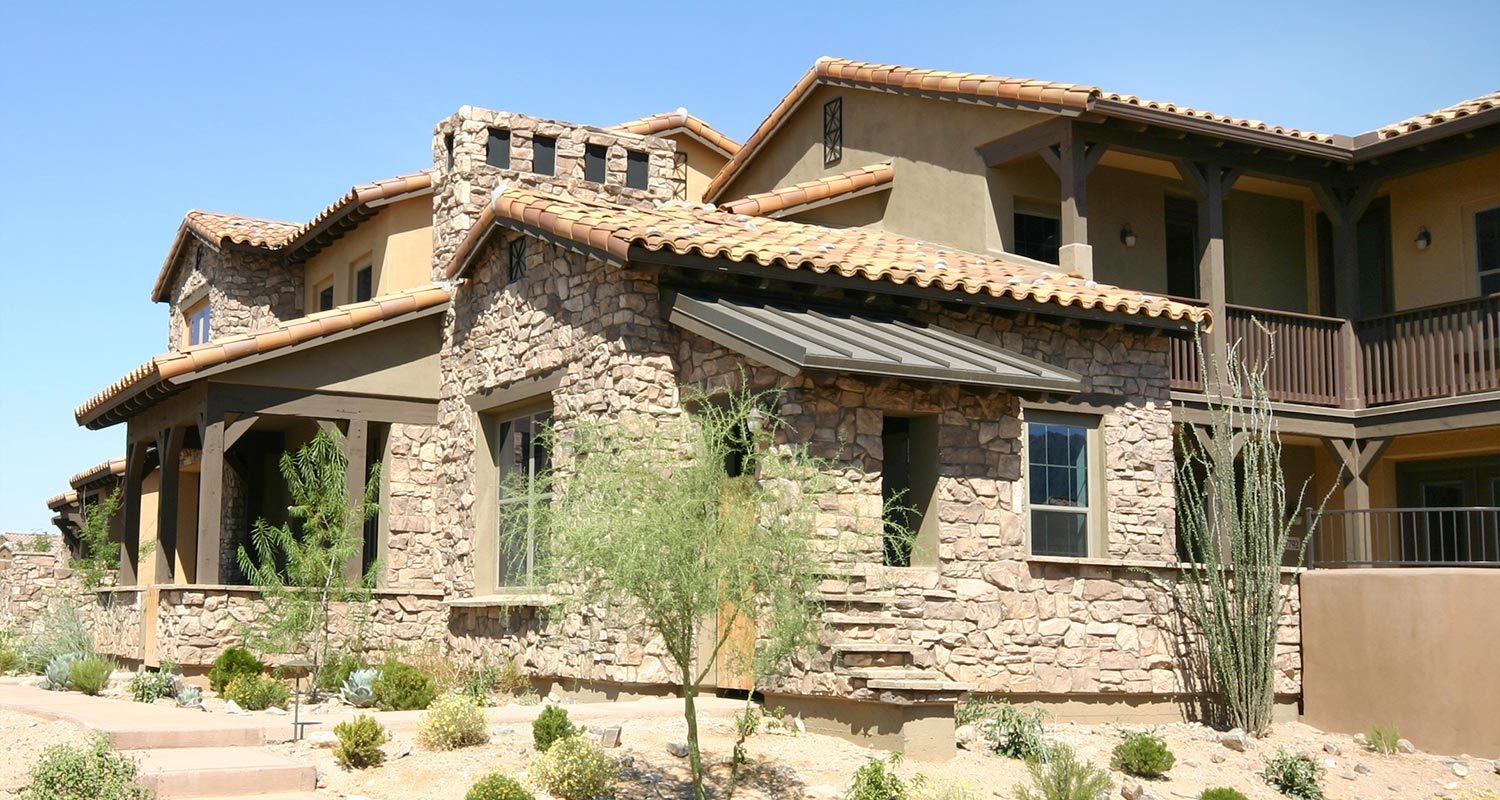Architectural precast concrete is a type of prefabricated concrete that is manufactured off-site and used in construction for its aesthetic and functional properties. Here’s a detailed look at what it involves:
What is Architectural Precast Concrete?
- Definition: Architectural precast concrete refers to concrete elements that are cast in a reusable mold or form and cured in a controlled environment before being transported to the construction site. Unlike traditional poured-in-place concrete, precast concrete is manufactured in a factory setting, which allows for more precise control over the mix and curing conditions.
- Components: Precast concrete can be used for a variety of architectural components, including panels, facades, columns, beams, and decorative elements. It is often used for building exteriors but can also be used for structural elements.
- Design Flexibility: Precast concrete offers a high degree of design flexibility. It can be molded into various shapes and textures, allowing for a wide range of architectural styles. It can also be colored or finished to achieve specific aesthetic effects.
- Advantages:
- Quality Control: Since precast concrete is produced in a controlled environment, it generally has higher quality and consistency compared to cast-in-place concrete.
- Speed of Construction: Using precast elements can significantly speed up the construction process, as panels and other components are ready to be installed upon delivery.
- Durability: Precast concrete is known for its durability and strength. It is resistant to weather, fire, and pests.
- Cost-Effectiveness: Although the initial cost of precast concrete can be high, it often results in cost savings over the life of the building due to its durability and reduced maintenance needs.
- Applications:
- Building Facades: Precast panels are often used for the exterior cladding of buildings.
- Structural Elements: Precast concrete can be used for load-bearing elements such as beams and columns.
- Architectural Details: It can be used for decorative elements such as cornices, arches, and other custom features.
- Sustainability: Precast concrete is often considered a sustainable building material because it can incorporate recycled materials, reduce waste, and offer energy efficiency benefits through improved thermal insulation.
Architectural precast concrete is a versatile and efficient construction material that combines aesthetic appeal with functional benefits. Its ability to be customized and produced in a factory setting makes it a popular choice for both structural and decorative applications in modern construction.
History of Precast Concrete
The history of architectural precast concrete is a story of innovation in construction technology and design. Here’s an overview of its development:
Early Beginnings
- Ancient Use of Concrete:
- Concrete, in various forms, has been used since ancient times. The Romans were among the earliest to use concrete extensively, creating structures like the Pantheon and aqueducts that have lasted for centuries. However, these early uses were not precast.
- Early Precast Concepts:
- The idea of casting concrete in molds before installation dates back to the 19th century. Early precast concrete components were used for structural elements but were not yet refined for architectural aesthetics.
20th Century Innovations
- Early 1900s – Birth of Modern Precast:
- The modern era of precast concrete began in the early 20th century with the development of reinforced concrete. Engineers and architects began experimenting with precast elements for both structural and architectural purposes.
- 1904: The invention of reinforced concrete by French engineer Joseph Monier marked a significant advancement. His work in using steel rods embedded in concrete for structural strength laid the groundwork for future precast technologies.
- 1920s-1930s – Early Applications:
- The use of precast concrete became more common for structural applications, including beams and columns. During this period, the technology was primarily focused on practicality and strength rather than aesthetics.
- Post-World War II – Expansion and Popularity:
- After World War II, there was a boom in construction and a need for efficient building methods. Precast concrete gained popularity due to its speed of production and cost-effectiveness. The use of precast panels for facades and cladding became more widespread.
- 1950s-1960s: Architects began to explore the aesthetic possibilities of precast concrete, experimenting with textures, colors, and shapes.
Late 20th Century to Present
- 1970s-1980s – Technological Advancements:
- Advances in technology allowed for more sophisticated designs and production methods. Computer-aided design (CAD) and improved manufacturing techniques enabled more intricate and customized precast elements.
- The development of high-strength concrete and better bonding materials expanded the potential uses of precast concrete.
- 1990s-2000s – Architectural Flexibility:
- The architectural community embraced precast concrete for its versatility and aesthetic potential. Precast elements began to be used in a wide range of applications, including complex facades, artistic installations, and elaborate building exteriors.
- Sustainability: As environmental concerns grew, the focus shifted to the sustainability of building materials. Precast concrete was recognized for its durability and energy efficiency, contributing to its continued popularity.
- 21st Century – Modern Innovations:
- Today, architectural precast concrete continues to evolve with innovations in design, manufacturing, and sustainability. Modern precast elements are often used in combination with other materials to create dynamic and visually striking buildings.
- Digital Fabrication: Advances in digital fabrication techniques, such as 3D printing and computer-controlled molds, are pushing the boundaries of what can be achieved with precast concrete.
Conclusion
The history of architectural precast concrete is marked by a continuous evolution from simple structural applications to sophisticated and aesthetically pleasing building elements. Its development reflects broader trends in technology, design, and sustainability, making it a key material in modern architecture and construction.
DIVERSIFIED BUILDER SUPPLY IN PHOENIX & CHANDLER, ARIZONA
If you live in Chandler, or surrounding cities in the Phoenix, Arizona area and want a gas fireplace installed; Diversified Builder, Inc. can help! We offer indoor and outdoor fireplace installation in Phoenix & Chandler, Arizona. We also install commercial and residential brick veneers. Contact us Today!




